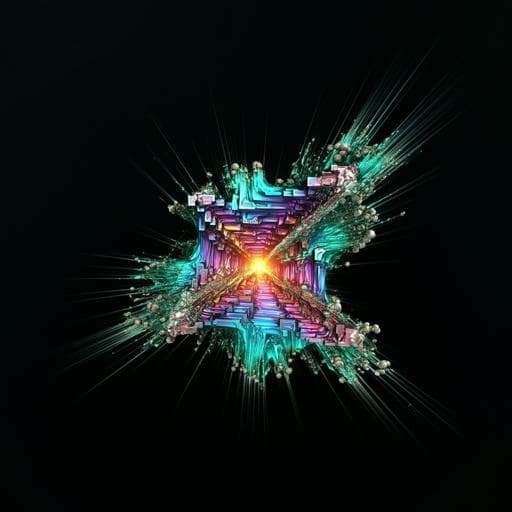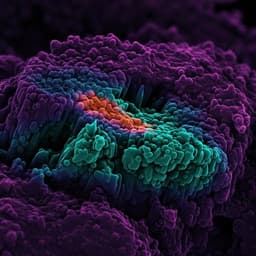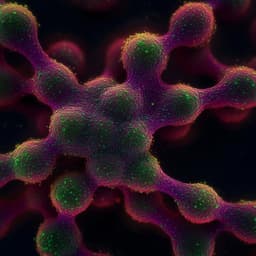
Physics
Low-dose real-time X-ray imaging with nontoxic double perovskite scintillators
W. Zhu, W. Ma, et al.
Explore the exciting advancements in X-ray imaging with innovative nontoxic double-perovskite scintillators, demonstrated by researchers Wenjuan Zhu, Wenbo Ma, Yirong Su, and others. These materials optimize absorption and emission efficiency, achieving impressive results such as a light yield surpassing CsPbBr₃, all while minimizing self-absorption. Uncover the potential for stable and high-performance imaging at low doses, even after exposure to thermal and X-ray irradiation.
~3 min • Beginner • English
Related Publications
Explore these studies to deepen your understanding of the subject.







